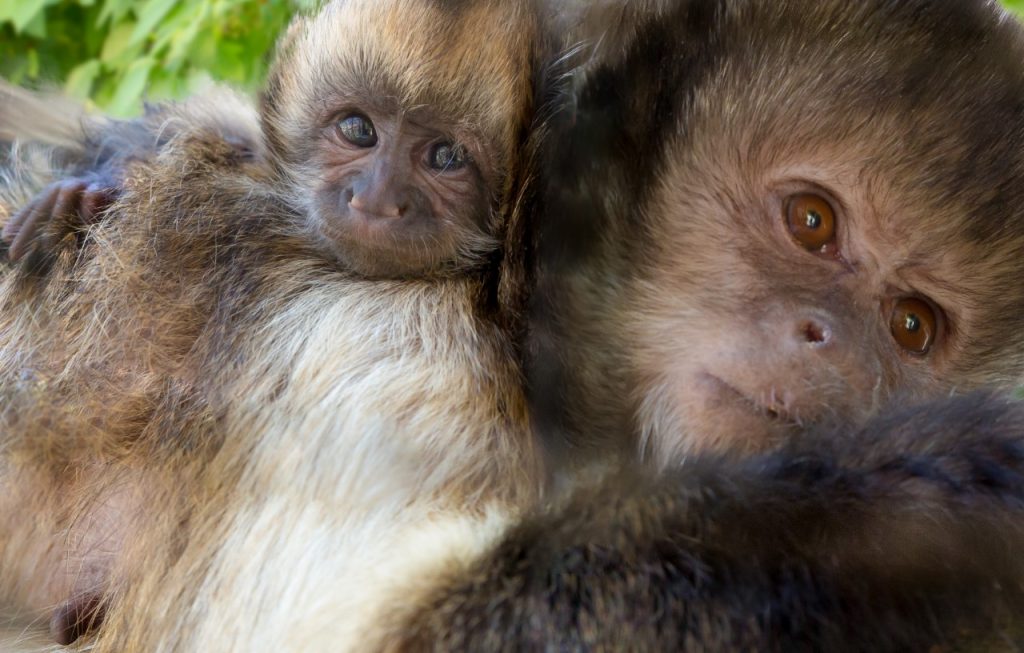Development of an Artificial Diet to Support Conservation Efforts of the Atala Hairstreak Butterfly (Eumaeus atala)
Citation
Ardente A, Sincage J, Gezon Z, Savage A, Valdes E. 2017. Development of an Artificial Diet to Support Conservation Efforts of the Atala Hairstreak Butterfly (Eumaeus atala). In Ward A, Coslik A, Brooks M Eds. Proceedings of the Twelfth Conference on Zoo and Wildlife Nutrition, Zoo and Wildlife Nutrition Foundation and AZA Nutrition Advisory Group, Frisco, TX.
Abstract
The rare atala hairstreak butterfly (Eumaeus atala) is native to Florida, and coontie, a small cycad, is its only native host plant. In the early 1900’s, coontie was eradicated due to unsustainable agricultural practices, so atala populations plummeted. The butterfly was thought to be extinct in the mid-1900s but has seen a comeback since its rediscovery near Miami in the 1970s. As part of a conservation effort, Disney’s Animal Kingdom is raising atala butterflies for release into the wild. A challenge with raising the South Florida insects in Central Florida, however, is a shortened coontie growing season. Caterpillars consume only the plants’ new growth, which is not abundant during winter months. Thus, a year-round food source would facilitate insect production and increase the impact of the conservation program. We therefore sought to develop an artificial diet to raise atala caterpillars. Diet trials utilized commercial caterpillar diets with freeze-dried, ground coontie incorporated at different concentrations. Artificial diet success was assessed by comparing caterpillar growth, frass production, time to pupation, pupal weights, emergence, and egg-laying, with control caterpillar populations raised on coontie. An artificial diet containing 50% commercial hornworm diet and 50% freeze-dried coontie has shown the most promise for future use. Caterpillar growth, pupal weights, emergence, and egg-laying were comparable to control caterpillars. Rate of caterpillar growth and time to pupation, however, were notably delayed by approximately one week in the 50% coontie diet group when compared to control caterpillars. Frass production was also much lower in artificial diets, possibly due to higher diet digestibility. Lower concentration coontie diets resulted in extremely delayed development and low survivorship. Future trials are being conducted to assess whether completion of a full life cycle is possible on an artificial diet and determine the best method for large scale atala production using an artificial diet.
 [Ardente4] Ardente-NAG-2017-Atala-diet-trial-abstract.pdf 32 KB
[Ardente4] Ardente-NAG-2017-Atala-diet-trial-abstract.pdf 32 KB








